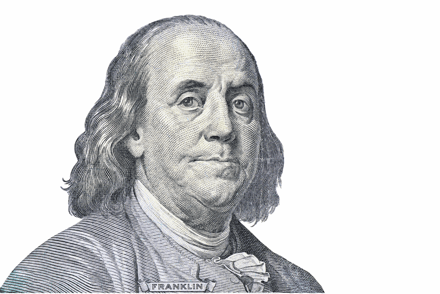 2016 was a break-out year for the introduction of new technologies in construction. Some are ahead of their time and others are beginning to realize mainstream adoption, but the important thing is that they are making the scene. As we look forward to 2017 and the years beyond, the entire value chain will need to find new ways of becoming more productive in order to respond effectively and profitably to the coming infrastructure boom. Here are the technologies that got the most attention in 2016.
2016 was a break-out year for the introduction of new technologies in construction. Some are ahead of their time and others are beginning to realize mainstream adoption, but the important thing is that they are making the scene. As we look forward to 2017 and the years beyond, the entire value chain will need to find new ways of becoming more productive in order to respond effectively and profitably to the coming infrastructure boom. Here are the technologies that got the most attention in 2016.
1. Drones
There has been a general awareness of drones for 10 years so it was not hard to envision the benefits. Larger AEC firms are using drones to get a 'bird's eye view' of a project's progress . Drone photography can even be used to provide as-built information with BIM designs. A key indicator of the traction that drones are getting is that the FAA issued rules on the use of drones for commercial purposes in August.
2. 3D Printing
The technology has been around since the mid-1990s but has achieved mainstream status only in the past 5 years or so. In its traditional form, a 3D printer is instructed to spray very thin layers of resin in a pattern created by design software. Historically this has been utilized to manufacture small prototypes and parts.
3D printing could transform the precast industry since the technology can easily be adapted to a larger scale using concrete instead of resins. By some estimates, 3D printing of precast concrete can save between 30 and 60 percent of construction waste, reduce production time by 50 to 70 percent, and reduce labor costs by 50 to 80 percent. Watch for this technology to become mainstream in 5 years, especially in architectural precast where design complexity will demand computer-aided manufacturing.
3. Virtual Reality
The most futuristic of the new technologies, virtual reality is just starting to blossom in the video game industry. The user dons a helmet that uses computer stimuli to create an alternative reality that is analogous to pilots using flight simulators. There is a long way to go before VR becomes mainstream but some large firms are starting to use it. In September Bechtel started using virtual reality for safety training.
4. RFID Tracking
The most immediately available and practical technology (not to mention our favorite). RFID tags or barcodes are affixed during the precast (or prestressed) concrete manufacturing process to provide each product with its own serial number. This serial number is associated with information collected from the time of manufacture through the end of the product's useful life: In QC data collection, yarding, shipping, construction and, finally, asset maintenance.
Being web-hosted, all authorized parties in the value chain can save time and money by using product tracking to:
- Eliminate paper and filing
- Produce significantly better analytics
- Instantly locate products in the yard or in the completed project
- Automate workflow communications
Manufacturers use product tracking to be more productive and DOTs are tracking their materials inspections to reduce costs under constricted budgets. The next big opportunity is in construction RFID tracking, which will likely start getting traction in 2017.
What kind of technology will your company embrace in the coming year? Remember, the greater cost is in NOT investing in technology.
Thanks from all of us at Idencia for a great 2016 and best wishes for a happy, prosperous 2017!
About Idencia
Our purpose at Idencia is to offer asset tracking solutions that improve productivity throughout the construction value chain. Our subscription offering applies RFID and bar code tracking to products from the time of manufacture through end-of-life. As a cloud-hosted product tracking system that is seamless between manufacturers, contractors and asset managers, Idencia adds information value to all, eliminates redundancy and saves time. If you would like to learn more, click below.
Tags:
Market Insights
Dec 23, 2016 1:34:53 PM




Comments